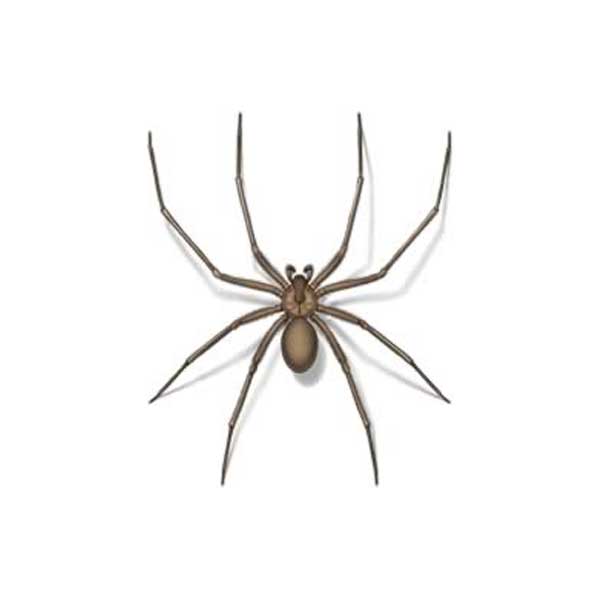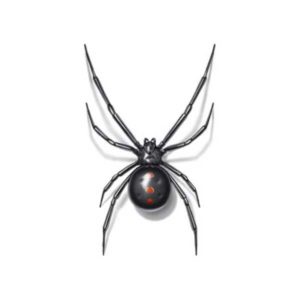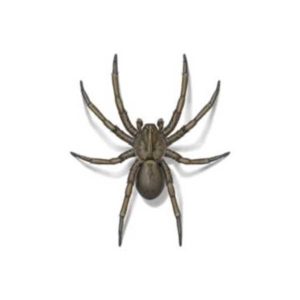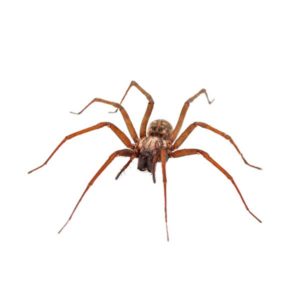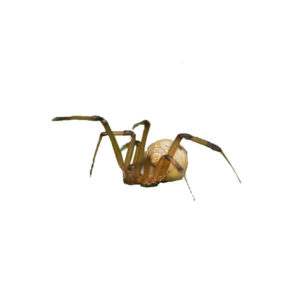Recluse Spiders in Albuquerque NM
Typically identified by the characteristic violin shape on their backs, recluse spiders are one of the most feared spiders throughout the nation. True to their name, these spiders are reclusive and prefer to reside in warm, dark environments. Adult spiders are typically no bigger than ½ inch, and they range in color from tan to dark brown. If threatened, the recluse spider may bite—their venom has been known to cause severe reactions.
Recluse Spider Behaviors
Although recluse spiders prefer to be outdoors, they often make their way inside homes through cracks and may seek out dark, sheltered areas inside. Their webs don’t have a distinct shape or appearance. As mentioned previously, they typically are shy spiders that very rarely attack unless provoked. For example, someone reaching into a box or show may unintentionally threaten a recluse and receive a bite in return.
Dangers of Recluse Spiders
Thankfully, recluse spiders are rare and only occur when the spider feels directly threatened. In the rare case, someone is bitten, it’s important to note that bites are rarely felt and symptoms typically do not appear for at least three hours. A red bump or small blister may form around the site of the bite. Some symptoms include restlessness, fever, and difficulty sleeping. In serious cases, necrosis may develop. No matter what, it’s extremely important to always seek medical attention if you or someone you know may have experienced a recluse bite.
Get Rid of Recluse Spiders
Your Pest Defense Solutions technician will:
- Determine the type of spider.
- Conduct a full property inspection that includes your yard, attached & detached structures, driveway, and home.
- Directly treat spider-nests outside your foundation to protect your home during the warmer months along with their food source (other insects).
- Physically remove webs from the outside and inside of your home.
- Seal small common entry points if they are contributing to the infestation.
- Discreetly apply the material in unfinished basements, voids, and other spider-frequented areas when evidence is noted.
- Place “sticky traps” on the interior to monitor activity.
- Create a full report describing the treatment and how you can protect your home from further infestations including:
- Changing the lighting around your structure.
- Eliminate clutter inside and outside of your structure.
If you think you’ve seen a recluse spider in your property, call the experts at Pest Defense Solutions for safe spider control and removal services.
Need help with recluse spiders?
We'll call you! Leave your information below.

